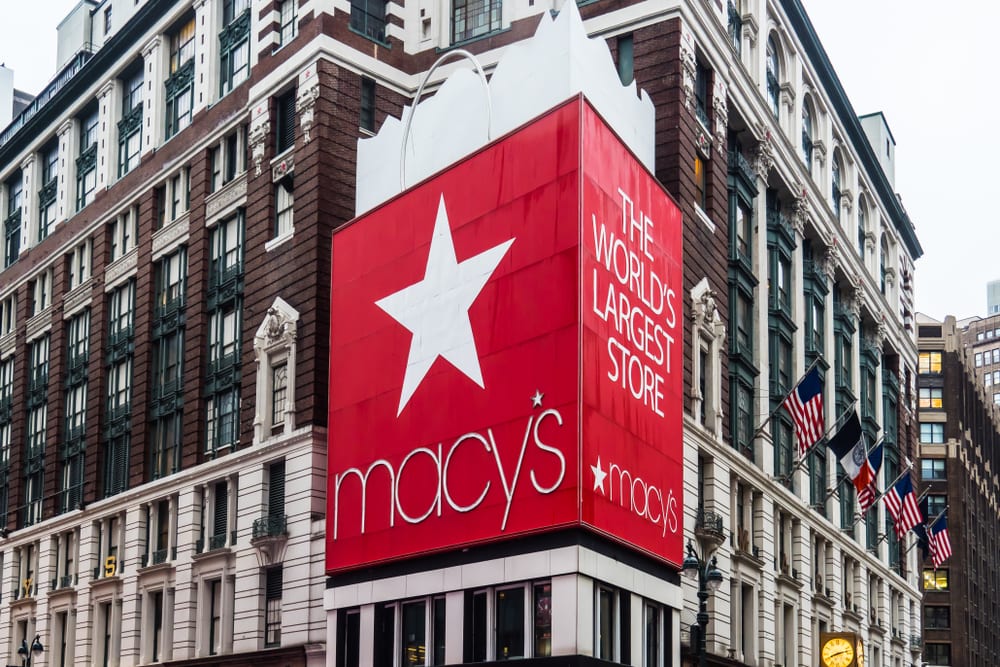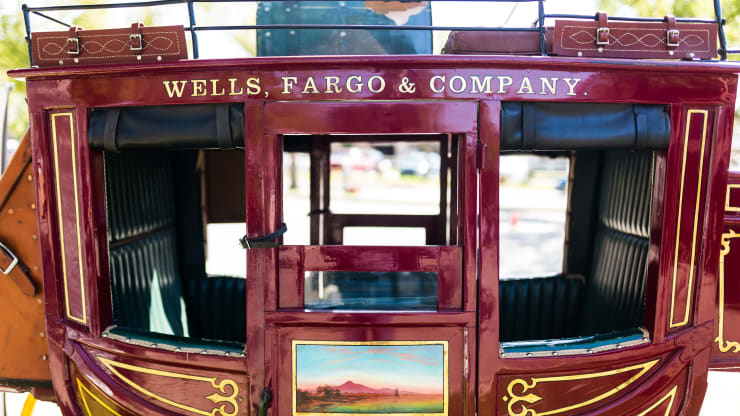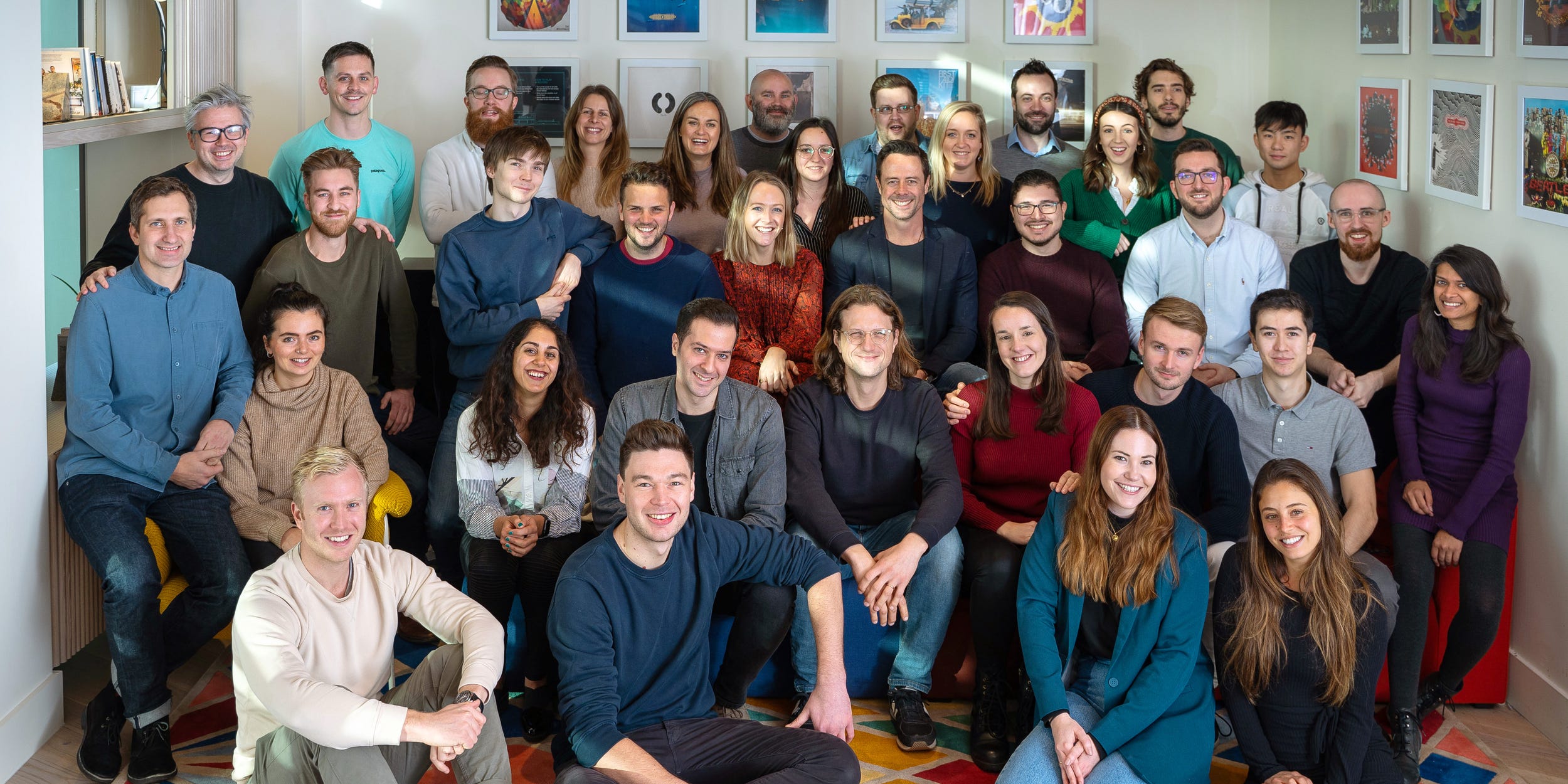GM’s Cruise is launching the Origin electric autonomous vehicle and sliding doors today, the product of 3 years of work between General Motors, Cruise, and Honda. The Cruise Origin is designed without a combustible engine or a driver, decisions which Cruise CEO Dan Ammann says give people more space. The Origin can seat up to 6 people, with 3 passengers on each side looking toward each other in the rear-wheel drive vehicle.
The vehicle also comes with air bags, “Start Ride” buttons, an SOS button, and a camera on the roof of the interior, presumably to deploy computer vision models that can do things like analyze the sentiment of riders. VentureBeat reached out to Cruise for more details on how each of these interior features works.






No price, production date, or production location were shared at the event held in San Francisco, which ironically took place in part in an old Honda dealership. The news was shared alongside the company’s continuing vision of a future where cars are autonomous, people no longer own vehicles, and all cars are electric so that the world sees fewer vehicle deaths per year, less pollution, and less wasted time.

Above: Cruise Origin interior
Ammann claimed that vehicles like Origin will save the average San Francisco resident up to $5,000 a year, and will be able to operate day and night for up to million miles over the lifetime of a vehicle.
In California, where 65 companies currently hold autonomous vehicle testing permits, last month state administrative law officials gave final approval to regulatory changes that allow driverless vehicles weighing less than 10,001 pounds to operate on public roads. State officials first approved the change in April 2019.
Cruise chief engineer on the OriginJason Fischer declined to share details about the kind of permit that may be used to operate the vehicle but said the vehicle is below 10,001 pounds.
Cruise first introduced the concept of a Chevy Bolt with no steering wheel at CES in 2018. Any vehicle without things like steering wheels or gas and brake pedals must meet SAE Level 4 standards to operate on some public roads.

Above: The interior of the Cruise Bolt vehicle with no steering wheel or gas and brake pedals. This version of the Bolt made its debut at CES in 2018.
Autonomous vehicle testing from companies like Uber and Cruise are a common sight on the streets of San Francisco, but with a driver behind the wheel of larger vehicles.
Cruise CEO Ammann said last summer the company planned to launch a driverless taxi service by the end of 2019. Cruise currently operates a ridesharing service in San Francisco, but it’s only available for its employees to use. Ammann talked about a future that could include cargo delivery in addition to ride-sharing.
Last month, Ammann proclaimed in a Medium post that the world needs to move beyond human-driven single occupancy vehicles in the future and argued there’s a gap left unfilled today by public transportation systems, ridesharing services, and micro-mobility apps for scooter or bike rental.
Analysts like Karim Lakhani and Marco Iansiti, authors of the recently released Competing in the Age of AI, argue that autonomous vehicles may commoditize the auto manufacturing industry and reshape adjacent markets in a quest to make cars more like giant smartphones on wheels. Self-driving services can range from getting people to work or school to bringing them to shop at certain businesses, to direct advertising, sales, and entertainment experiences for car occupants who are no longer concerned with driving.
Cruise of course is not alone in its quest: While companies like Daimler and BMW — who has its own car without a steering wheel — push toward the creation of autonomous systems capable of Level 4 autonomy, startups like Zoox, Nuro, and Driven are conducting a range of tests. Alphabet’s Waymo announced plans a year ago to open what it called the world’s first factory dedicated to the mass production of autonomous vehicles.
Cruise also shared today that it plans to dedicate office space at facilities in San Francisco entirely to the company’s growing hardware team.
Navigating the sometimes chaotic and less than predictable streets of San Francisco, Cruise has trained autonomous systems to detect and get out of the way of emergency vehicles and learned how to navigate around double-parked cars.
General Motors acquired self-driving vehicle startup Cruise in 2016. Through investments from companies like Honda, Cruise now has a valuation of $19 billion. (READ MORE)




![[Funding Alert] Facebook, Others Back Edtech Start-Up Unacademy In $110 Mln Funding Round - deals in retail](https://dealsinretail.com/wp-content/uploads/2020/02/Funding-Alert-Facebook-Others-Back-Edtech-Start-Up-Unacademy-In-110-Mln-Funding-Round-deals-in-retail.jpeg)






